The Legends Behind Lakes Rakshastal and Manasarovar
- June 25, 2021

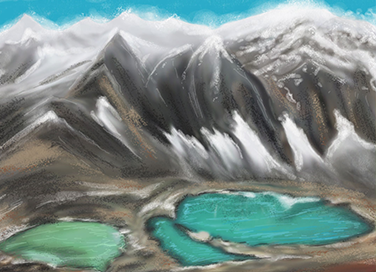
The Legends Behind Lakes Rakshastal and Manasarovar
- June 25, 2021
By Komal Narwani
Two of the most iconic sights of Manasarovar, Lake Rakshastal and Lake Manasarovar, have some mysterious legends associated with their origins. The two enigmatic water bodies of Mount Kailasha are always compared to each other because of their contrasting shapes and stories.
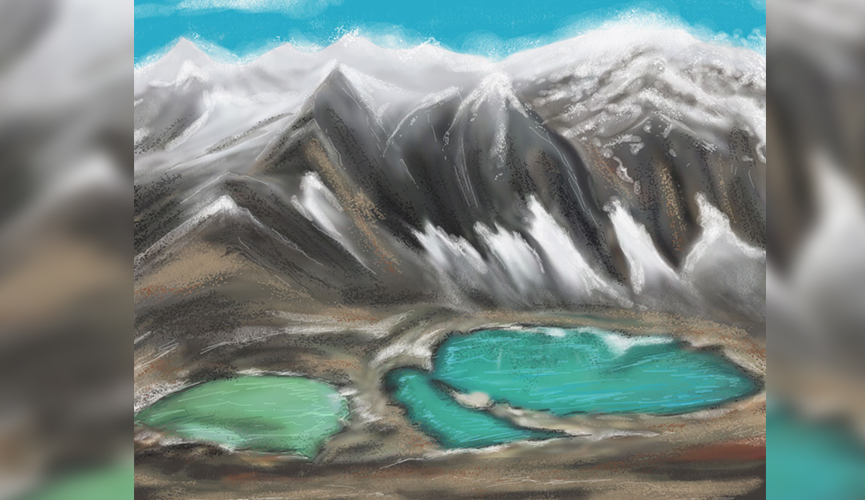
Located at 4590m above mean sea level, Lake Manasarovar is a freshwater lake. It is believed to be created in the mind of Brahma first and then manifested on earth. Hence, the name Manasarovar, in Sanskrit, ‘Manasa’ means ‘mind’ and ‘sarovaram’ means ‘lake’. The lake is round-shaped and is considered to be a symbol of light or brightness. It is a personification of purity and the fortunate pilgrims who drink the water of this lake are believed to have been cleansed of their sins.
To receive more such stories in your Inbox & WhatsApp, Please share your Email and Mobile number.
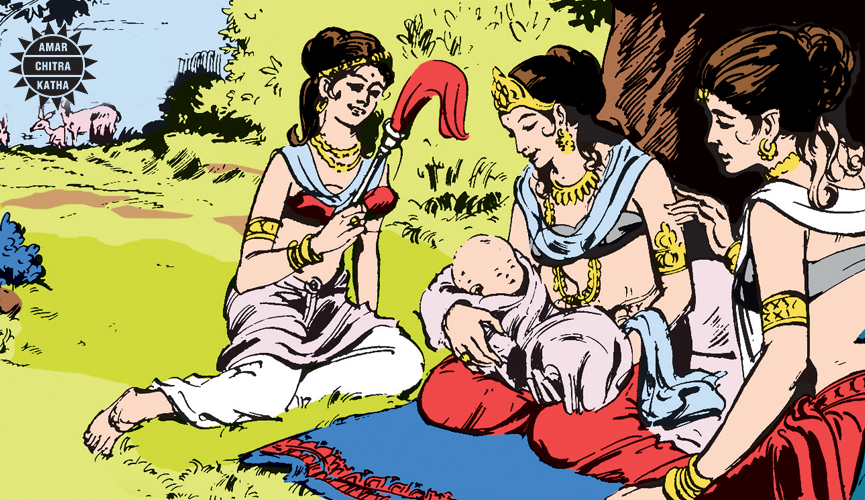
The divinity of Lake Manasarovar is not bound to Hinduism. Many religions cite the holiness of this pristine lake in various virtuous texts and events. The Jain scriptures say that the first Tirthankara, Rishabha, attained nirvana here. The Buddhists equate this lake with lake Anavatapta, which in Sanskrit means ‘the unheated’. Anavatapta is believed to be the lake lying at the centre of the world, which also happens to be the place where Maya conceived Gautama Buddha, the enlightened one. The lake is regarded holy in the Bon religion too. Legends say that when Tonapa Shenrab, the founder of the Bon religion, visited Tibet for the first time, he took a bath in this holy lake.
Five Buddhist monasteries adorn the shore of the holy Manasarovar. Those who have been smitten by the beauty of this lake describe the lake to be as serene as the meditative mind and as pristine as heaven’s snowy flake. The lake is also the birthplace of four great rivers – Karnali, Brahmaputra, Sindhu and Sutlej.
Lying to the west of Lake Manasarovar is Lake Rakshastal, which in Sanskrit translates to ‘lake of the demon’ because Ravana once took a dip in this river. The Tibetans call it lake Lagngar Cho or Lhanag Tso, which means ‘the dark lake of poison’. They also refer to it as ‘the Ghost Lake’. Though the lake is pristine blue, it lacks vegetation and wildlife due to its high salt content. This saline lake has four islands – Dola, Lachato, Topserma, and Dosharba.
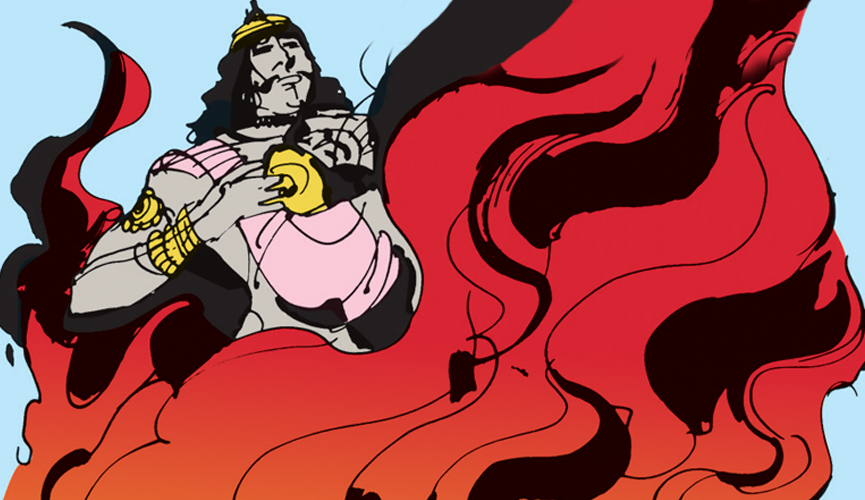
Legends say this is the place where the king of Lanka, Ravana, performed intense penance to please the god of destruction, Shiva. Alternatively, some stories say that the lake was created by the demon god. Upon one of the islands’ bank, Ravana made an offering by sacrificing one of his ten heads to Shiva every day. Pleased with his austerity, Shiva appeared before him on the tenth day to grant him a boon.
Legend also has it that when Ravana was on his way to visit Shiva on Kailasha, he halted and took a dip in Lake Rakshastal. He proceeded further and spotted Parvati, near Gauri Kund, for the first time. He was smitten by her beauty and he lost his virtue. This is the reason people never take a dip in this lake. Gauri Kund is the place where Parvati created Ganesha from the saffron paste of her body. People do not take a dip in this water body either. Pilgrims believe that Parvati still visits this place every year for some solitude. Thus, her personal space is to be left untouched.
Just like the extreme sides of Shiva, meditative and destructive, his icy abode encompasses the round Lake Manasarovar, an embodiment of brightness and the crescent-shaped Lake Rakshastal, that symbolizes darkness. Each of them have unique traits and tales, which interests the visitors and enriches their experience of the mighty mountain.
To receive more such stories in your Inbox & WhatsApp, Please share your Email and Mobile number.
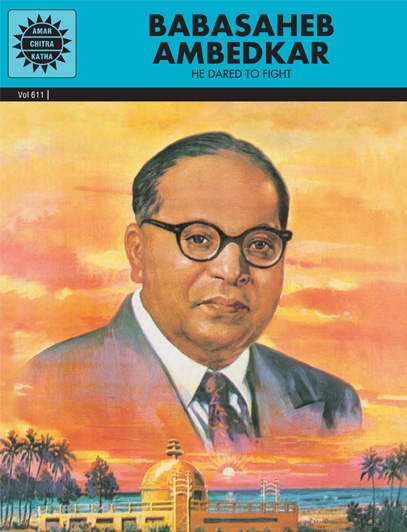
Comic of The Month
Babasaheb Ambedkar
He was from a respectable family, well-educated and a lawyer, yet many Indians thought of him as ‘untouchable’. It was up to BR Ambedkar to teach his ‘depressed’ community to fight the injustices that it faced each day. Hard working and wise, he became the icon of the underprivileged. History, however, will remember him as the architect of India’s Constitution.